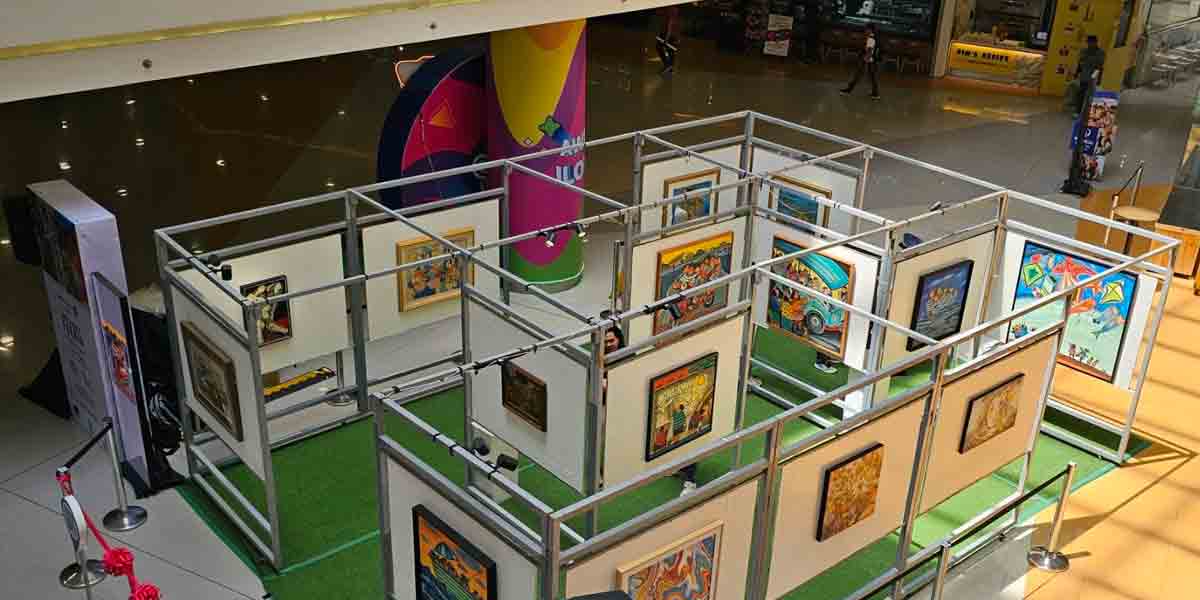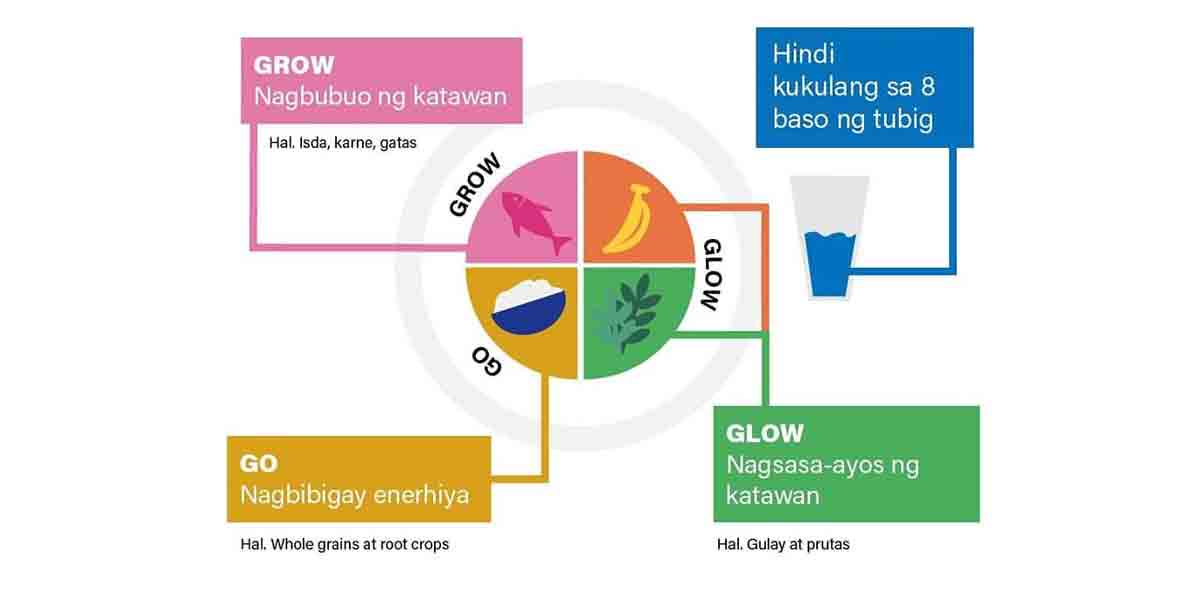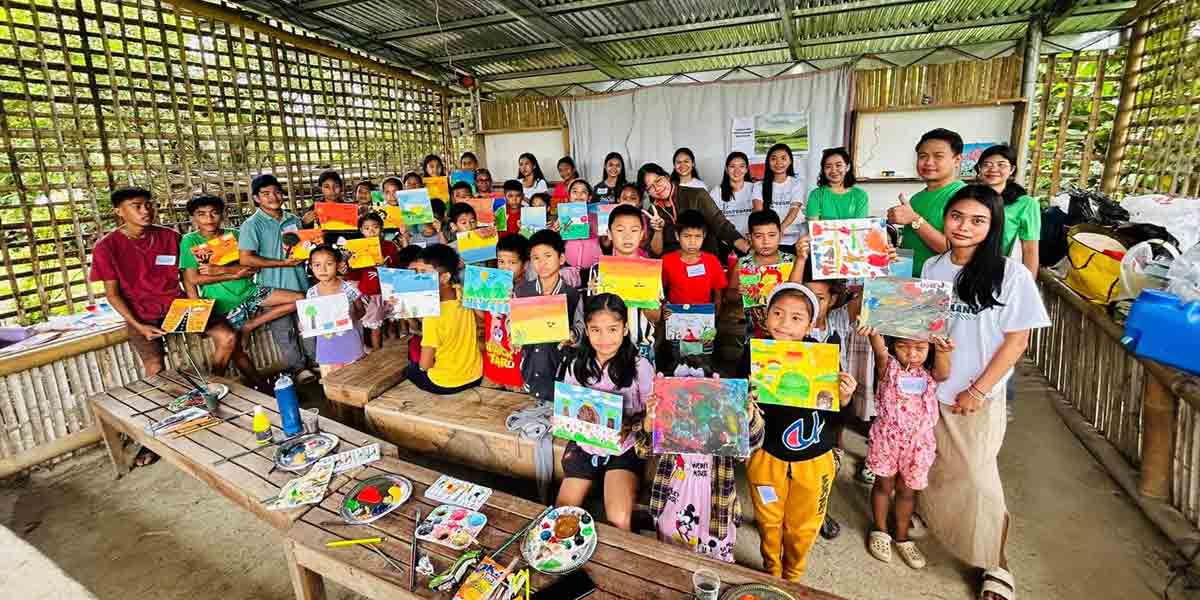By Theodore Ricardo Bautista
This paper was submitted in partial fulfilment of the requirements in Sociology 197 (Special Topics in Sociology) under Prof. Ma. Elisa Baliao, at the University of the Philippines Visayas
The Importance of Cultural Proficiency in Healthcare
In most societies, the local definitions and perceptions of illness have direct implications on the health-seeking behavior and attitudes of its members towards preventive and curative measures.[1] Hence, medical practitioners of today are not only tasked to diagnose and to cure illnesses, but to also apply cultural proficiency in their execution — a skill which is acquired through the practice of cultural awareness and sensitivity.[2] Given this imperative of effectively extending the reach of biomedical (scientific) methods towards communities which may have different perceptions on illnesses, this paper aims to provide possible explanatory models (EM) for mental illness and diseases caused by pathogens through the case of the ethnomedical system of barrio Mariit[3], an indigenous community in the mountains of Dao, Province of Antique, which was the focus of the book The Enduring Ma-aram Tradition: An Ethnography of a Kinaray-a Village in Antique (1992) by Dr. Alicia P. Magos. The subject community belongs to an indigenous group that is collectively referred to as the Panay Bukidnon.[4] Due to their relative seclusion, they were able to preserve much of their culture, which includes the babaylan tradition (shamanism) and a worldview that is deeply connected to nature.[5] The belief in ancestral and natural spirits is not only part of their religious belief system, but is almost inseparable to their daily customs and traditions.[6] Their perception of illness, its causes, and cures are therefore connected to their beliefs of these supernatural forces, as well as with the elements of nature.[7]
In dealing with these communities, health practitioners and policy-makers must consider the cultural barrier between health-provider and patient(s). One strategy in closing this gap is the use of explanatory models (EM), which explains medical conditions through the patient’s own understanding of his/her illness, or relating the cultural beliefs that the patient associates with the illness.[8]
Discussions
Similar to the categories of naturalistic and personalistic causes of illness laid out by George M. Foster, an American anthropologist, in his study of non-Western medical systems[9], illness in the context of the Ma-aram tradition also follows a similar belief. Dr. Magos observed that the healers, as well as the locals of the community, categorize the causes of illness as either sakit nga espirituhanon (caused by sorcery, competition of the dungan, or by offended spirits) or sakit nga natural (due to fatigue, overexposure, imbalance of coldness and hotness, etc.).[10] Understanding these perceived causes is important, as it affects the social responses towards an illness and determines the possible cures to alleviate its symptoms.
a.) Cultural beliefs and social reactions towards psychotic episodes
In their culture, illnesses that have psychotic symptoms or manifestations can either be the result of personalistic or naturalistic causes.[11] Personalistic causes include the luring or capturing of one’s dungan or soul by an engantu or a spirit, wherein the patient experiences anxiety, jerkiness, and lack of sleep.[12] In cases that are called sakit sa surondon or “calling”, the patient exhibits symptoms similar to schizophrenia (hearing voices, hallucinations, delusions, etc.), but this is viewed as part of the initiation rites of someone who is to be a babaylan or a ma-aram.[13] If it is determined by the ma-aram that these psychotic episodes are in connection to the surondon, a form of verbal counselling and interpretation of visions and dreams is done by the ma-aram for the patient.[14] One can infer that these seemingly deviant behaviors (which Westerners would attribute to a mental illness) are not stigmatized by the people of the village, as it is part of the rites of passage of an important figure in the community — a future ma-aram. However, in cases where the patient does not respond effectively to the initial ritual by the ma-aram, the experience of the psychotic episodes is believed to be of naturalistic causes, like emotional stress or pasmu (imbalance of hotness or coldness).[15] It is then labelled as a mental illness or kadu ulo, that cannot be cured by the ma-aram but by the patient themselves; hence, social support, in this case, is no longer provided to the patient.[16] This labelling of a mental illness due to the perceived naturalistic cause or the concept of kadu ulo can be an effective explanatory model for health practitioners in introducing psychiatric models of therapy (or prescription of medicine) for those who suffer these psychotic episodes — as these cases no longer fall in the jurisdiction of the ma-aram.
b.) Cultural beliefs on illness of naturalistic causes
With regards to naturalistic causes, two kinds of identified illnesses have the potential of being incorporated in explanatory models: limas (roughly translated as evaporation) and kagaw (germs).[17] Limas is described as a dirty evaporation of suspected sources such as a corpse, a menstruating woman, or the decayed trunk of trees.[18] It is an illness which inflicts someone who is already sick.[19] Therefore, for example, a person who has visited a dead man’s house should wash/bathe himself/herself before mingling with a sick family-member upon coming home.[20] Another interesting concept is the kagaw or the community’s idea of germs, although this usually refers to the visible white spots on ulcers or healing wounds.[21] These kagaw, which cause itchiness, are purposely removed in order to clean a healing wound.[22] This idea of external agents that are not supernatural and which causes either contamination or infection can also be an effective explanatory model to introduce antiseptics in cleaning wounds or in promoting hygienic practices (e.g. washing of hands, cleaning of surroundings, proper waste disposal, etc.) to reduce the spread of infectious diseases that are caused by pathogens such as bacteria, fungi, and viruses.[23]
Summary and Conclusion
The study of Dr. Magos on the ethnomedical system of the Ma-aram tradition shows us not only the various indigenous methods of diagnosis and treatment, but the significance of naturalistic and personalistic causation in determining the type of treatment given by the healer or the ma-aram, and the reactions that it elicits from the community members. Perceptions on the causation of illnesses are therefore an important variable in cultural proficiency and in designing explanatory models for the effective introduction of biomedical diagnosis and treatment. To conclude, the perceptions of communities like that of barrio Mariit on naturally-caused psychotic episodes can be used in promoting mental health awareness, while their concepts of contamination and infection can act as a bridge in introducing preventive measures when it comes to infectious diseases, particularly now, with the ongoing COVID-19 pandemic.
References:
[1] Jimoh Amzat & Oliver Razum,“Sociology and Health”, Medical Sociology in Africa, (2014): 1–19. doi: 10.1007/978–3–319–03986–2_1.
[2] Peter James Abad, “Explanatory Models of Illness May Facilitate Cultural Competence in Genetic Counseling,” Journal of Genetic Counselling 21, (2012): 612–614. DOI 10.1007/s10897–012–9487–9.; Peter James B. Abad, Michael L.Tan, Melissa Mae P. Baluyot, Angela Q. Villa, Gay Luz Talapian, Ma. Elouisa Reyes, Riza Concordia Suarez, et al., “Cultural beliefs on disease causation in the Philippines: challenge and implications in genetic counselling,”J Community Genet, 5 (2014): 399–407. DOI 10.1007/s12687–014–0193–1.
[3] Mariit is actually a pseudonym used by Dr. Magos to maintain the anonymity of the community in her study.
[4] Alicia P. Magos, “The Sugidanon of Central Panay,” in Harnessing Indigenous Knowledge for Education, Center for Integrative and Development Studies-University of the Philippines Diliman (1996), 117–140.
[5] Magos, “The Sugidanon of Central Panay, 117–140.
[6] Felipe Landa Jocano, “The Sulod: A Mountain People In Central Panay, Philippines,” Philippine Studies 6, no. 4 (1958): 401–136. http://www.jstor.org/stable/42720408.
[7] Alicia P. Magos, “The Ethnomedical System of the Ma-aram,” in The Enduring Ma-aram Tradition: An Ethnography of a Kinaray-a Village in Antique (Quezon City, Philippines: New Day Publishers, 1992), 63–80.
[8] Peter James Abad, “Explanatory Models of Illness May Facilitate Cultural Competence in Genetic Counseling,” Journal of Genetic Counselling 21, (2012): 612–614. DOI 10.1007/s10897–012–9487–9.
[9] George M. Foster, “Disease Etiologies in Non-Western Medical Systems,” American Anthropologist, (1976): 773–782.
[10] Magos, “The Ethnomedical System of the Ma-aram,” 63–80.
[11] Ibid.
[12] Ibid.
[13] Alicia P. Magos, “The Ethnomedical System of the Ma-aram,” in The Enduring Ma-aram Tradition: An Ethnography of a Kinaray-a Village in Antique (Quezon City, Philippines: New Day Publishers, 1992), 63–80.
[14] Magos, “The Ethnomedical System of the Ma-aram,” 63–80.
[15] Ibid.
[16] Ibid.
[17] Ibid.
[18] Ibid.
[19] Ibid.
[20] Ibid.
[21] Ibid.
[22] Alicia P. Magos, “The Ethnomedical System of the Ma-aram,” in The Enduring Ma-aram Tradition: An Ethnography of a Kinaray-a Village in Antique (Quezon City, Philippines: New Day Publishers, 1992), 63–80.
[23] Alex Bell, “What are pathogens?,” Medical News Today, 2020, https://www.medicalnewstoday.com/articles/pathogens-definition#pathogen-types.;
Francois Balloux & Lucy van Dorp, “Q&A: What are the pathogens, and what have they done to and for us?,” National Institute of Health ǀ U.S. National Library of Medicine, 2017, https://www.ncbi.nlm.nih.gov/pmc/articles/PMC5648414/.

























